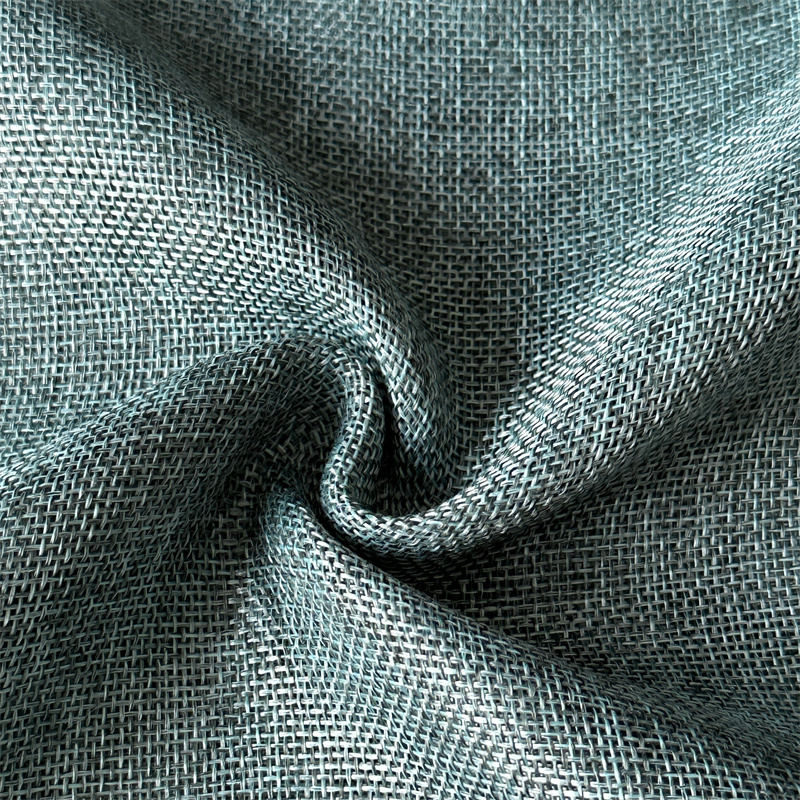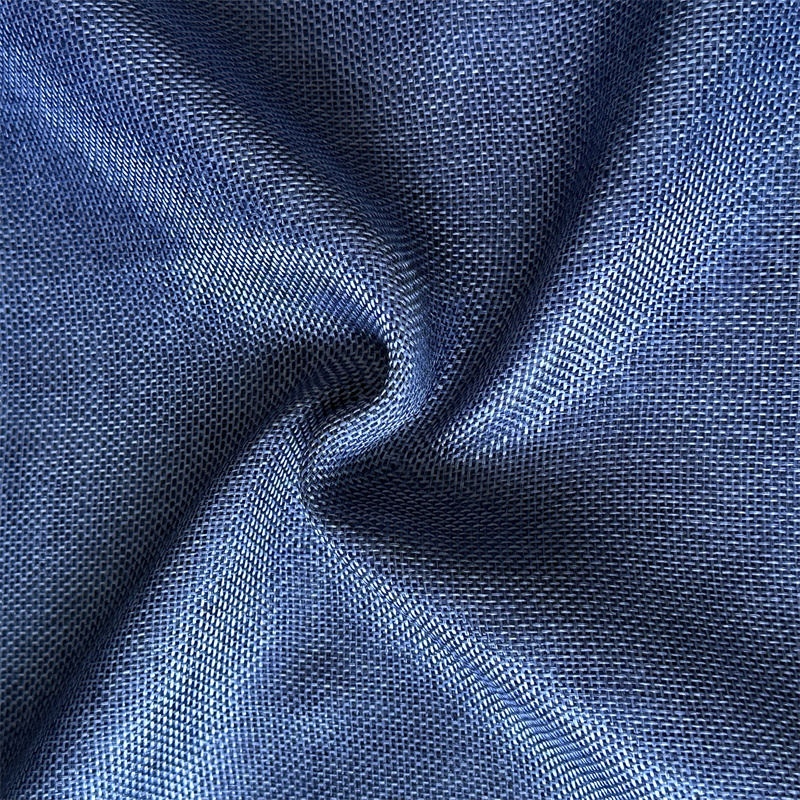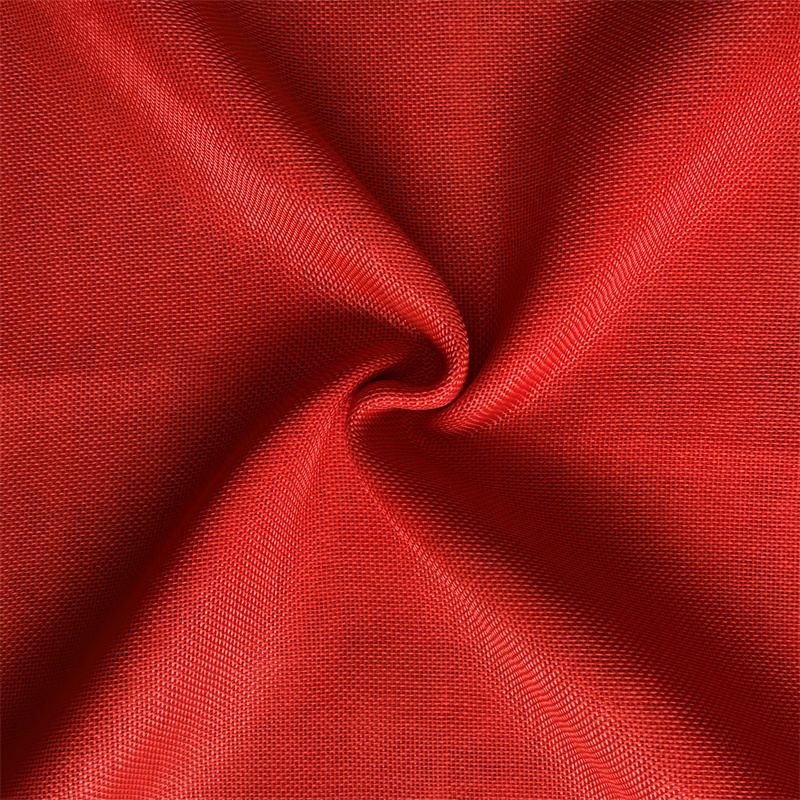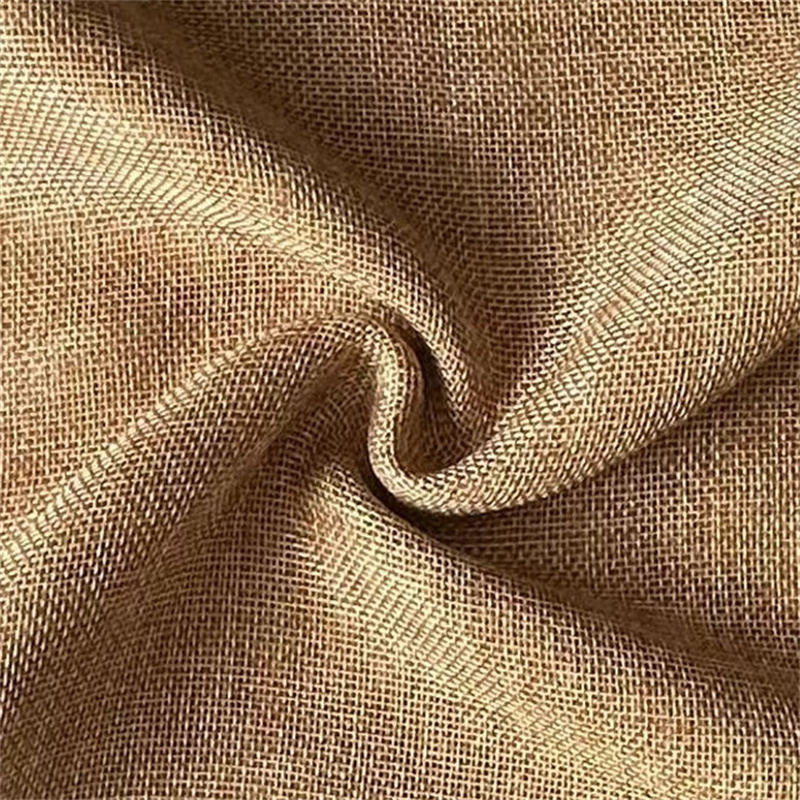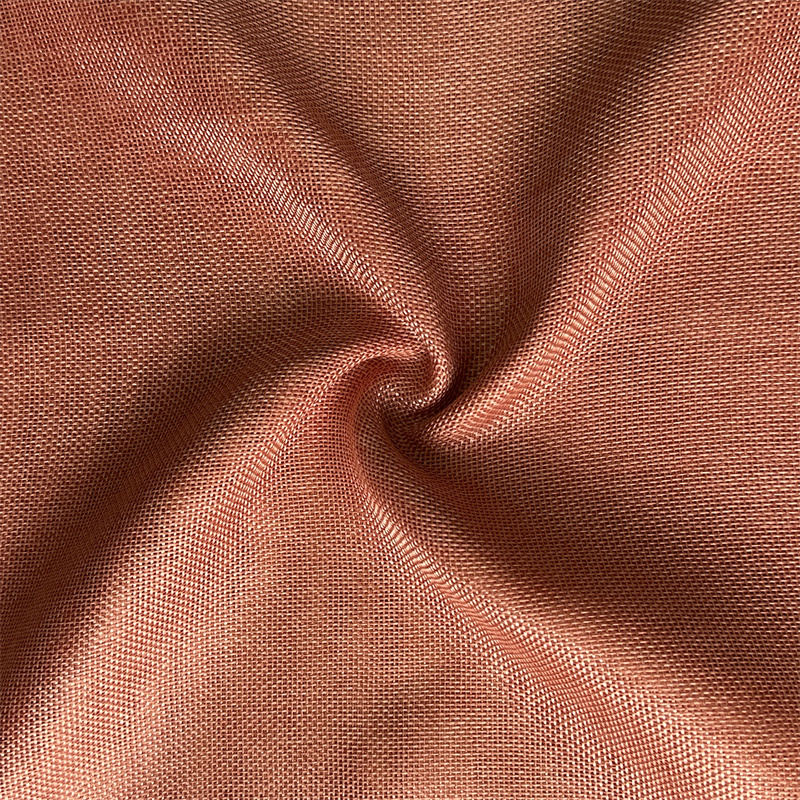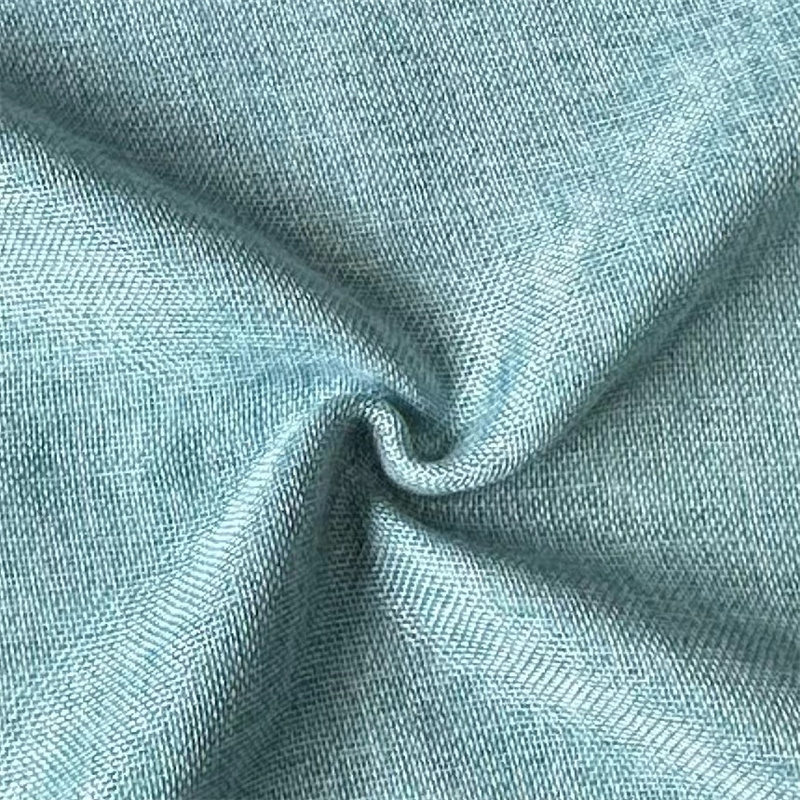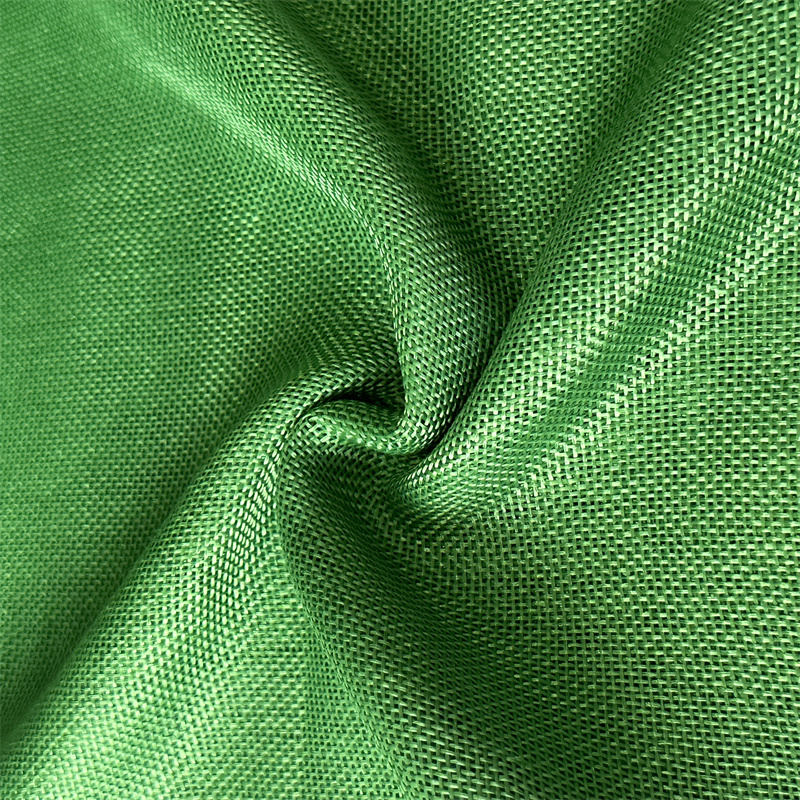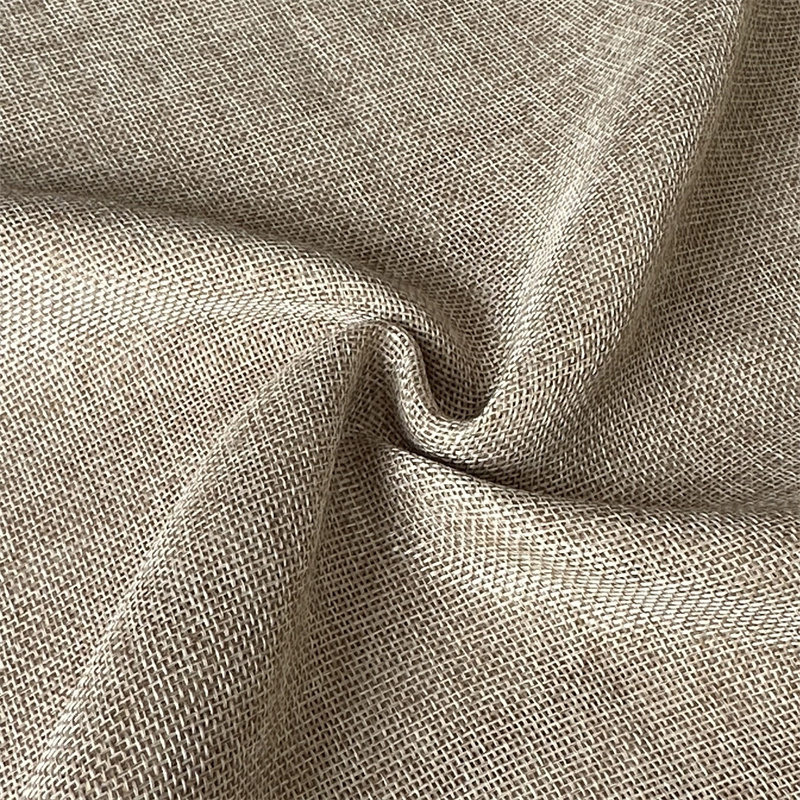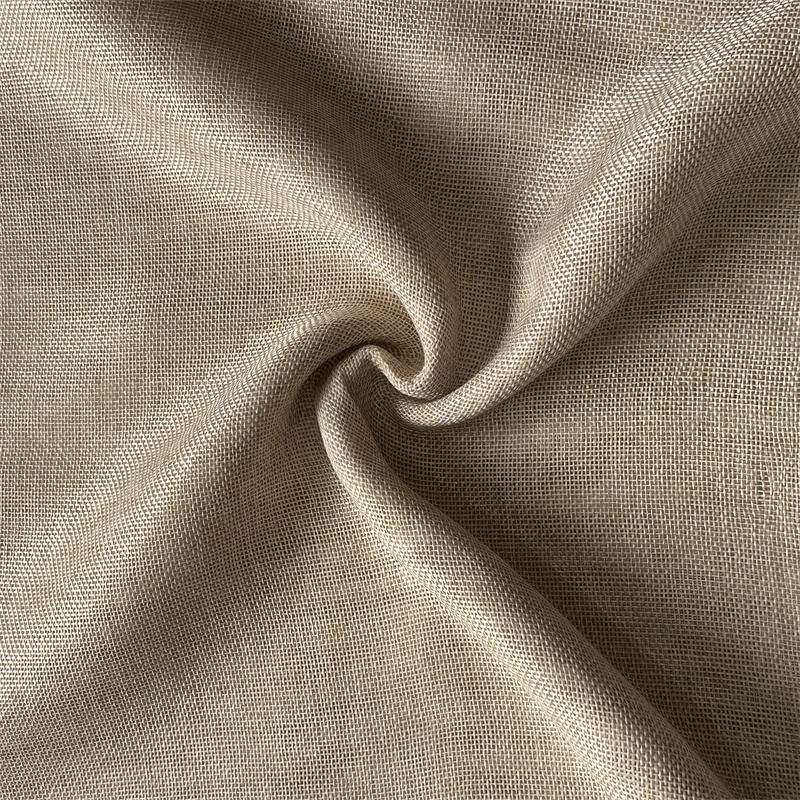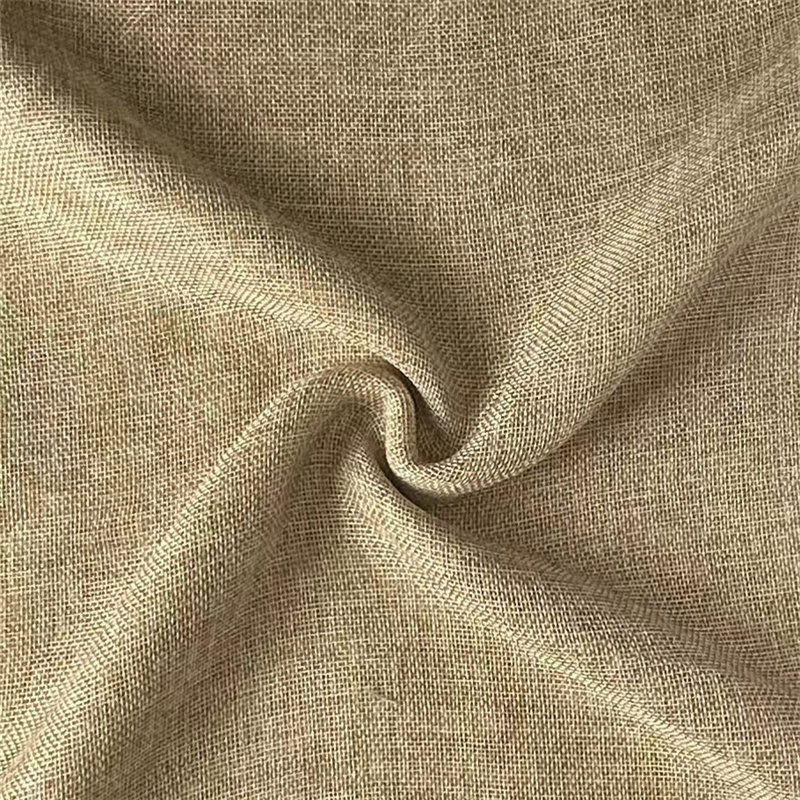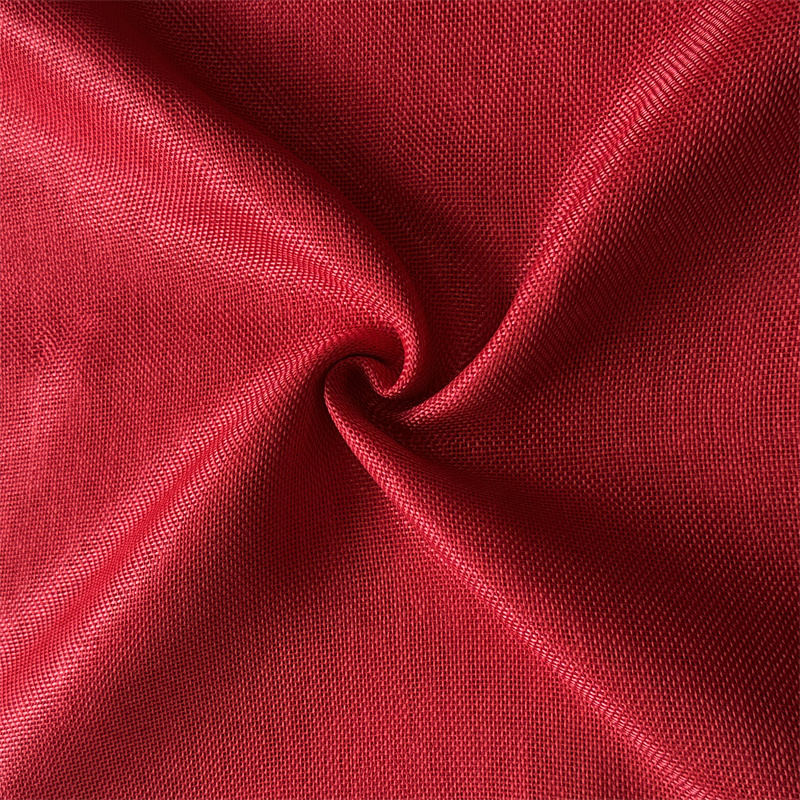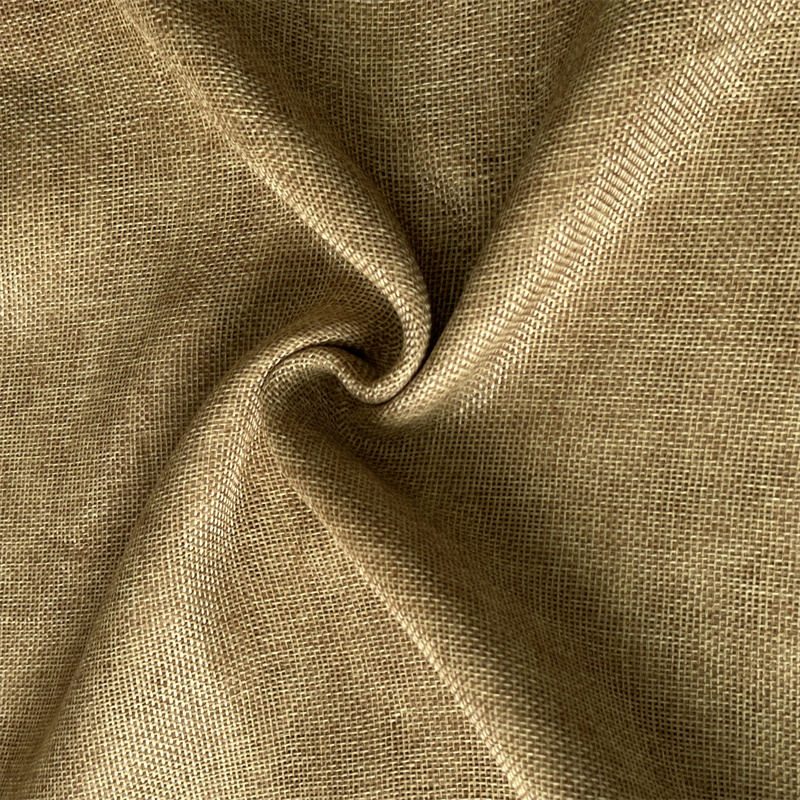Imitation silk fabric, often referred to as artificial silk or faux silk, has gained tremendous popularity in both the fashion industry and the home textile market. While genuine silk remains a luxury material cherished for its smoothness, sheen, and elegance, imitation silk offers an affordable and versatile alternative that mimics many of silk’s desirable qualities. Made from synthetic fibers such as polyester, rayon, or nylon, imitation silk fabric combines beauty with practicality, making it accessible to a much broader consumer base. This article explores the common applications of imitation silk fabric across fashion and home textiles, highlighting why it has become a favored material in various industries.
1. Imitation Silk in Fashion
1.1 Dresses and Evening Wear
One of the most common applications of imitation silk fabric is in the production of dresses, particularly evening gowns, cocktail dresses, and bridesmaid dresses. The smooth drape, glossy finish, and lightweight nature of the fabric give these garments a luxurious appearance at a fraction of the cost of natural silk. Designers often rely on imitation silk when creating formal attire because it captures the elegance of silk while offering better durability and affordability.
1.2 Blouses and Shirts
Imitation silk blouses and shirts have become staples in both casual and professional wardrobes. The fabric provides a polished look suitable for office settings or social gatherings. Unlike natural silk, which requires delicate care, imitation silk fabrics such as polyester satin are easier to wash and maintain, making them more practical for everyday wear.
1.3 Lingerie and Sleepwear
The silky texture of faux silk makes it a perfect choice for lingerie and nightwear. It feels soft against the skin, enhancing comfort while offering a sensual aesthetic. Manufacturers often choose imitation silk for nightgowns, robes, and pajama sets because it delivers the same smooth touch as silk but at a price point that appeals to a wider market.
1.4 Scarves and Accessories
Scarves, ties, and handkerchiefs crafted from imitation silk are extremely popular. These accessories benefit from the fabric’s vibrant dye absorption, allowing for bright, long-lasting colors and intricate prints. For fashion-conscious consumers, imitation silk accessories provide a cost-effective way to add elegance to an outfit.
1.5 Outerwear and Fashion Details
While silk itself is rarely used in heavy outerwear, imitation silk is often used as a lining in jackets, coats, and suits. The smooth lining improves comfort and makes garments easier to wear and remove. Additionally, faux silk fabric is sometimes used in decorative details such as trims, ruffles, and embellishments.
2. Imitation Silk in Home Textiles
2.1 Curtains and Drapes
In home décor, imitation silk is widely used for curtains and drapes. The fabric provides a luxurious look with its smooth finish and elegant sheen, enhancing the overall aesthetic of living spaces. Imitation silk curtains can mimic the grandeur of silk drapes while being more durable, less prone to sun damage, and more budget-friendly.
2.2 Upholstery and Cushion Covers
Imitation silk fabrics are also chosen for upholstery and cushion covers to create a stylish and comfortable interior. The material’s soft texture and ability to hold vibrant colors make it suitable for decorative cushions, sofas, and armchairs. Unlike natural silk, faux silk upholstery is more resistant to wear and tear, making it practical for households with children or pets.
2.3 Bedding and Linens
Another significant application of imitation silk fabric is in bedding products such as sheets, duvet covers, and pillowcases. Many consumers prefer these products because they replicate the luxurious feel of silk while offering easier maintenance. Imitation silk bedding also resists wrinkles better than natural silk, which enhances practicality.
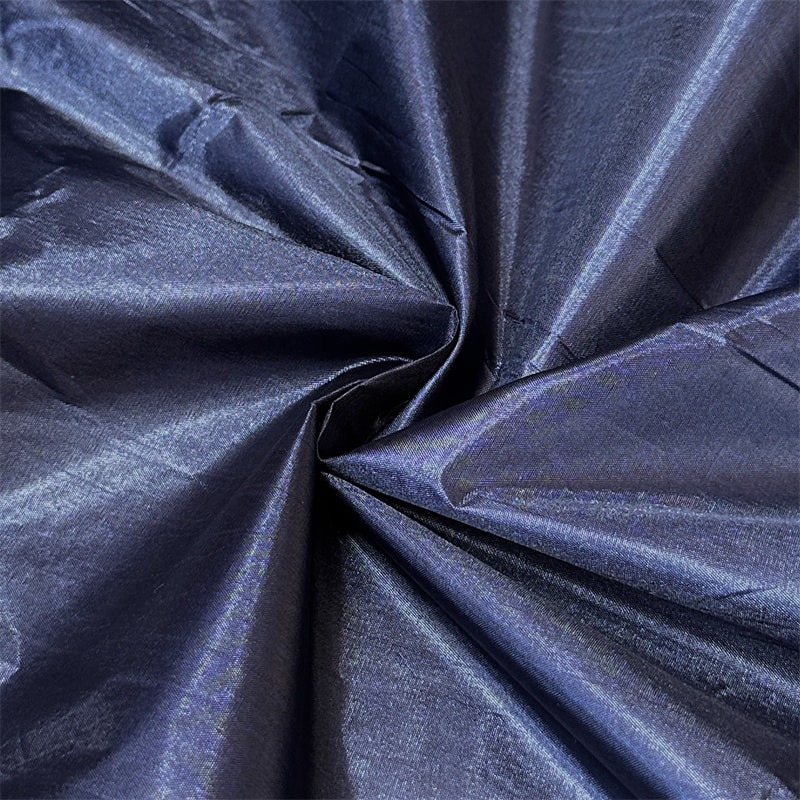
2.4 Table Linens and Decorative Fabrics
Tablecloths, runners, and napkins made from imitation silk bring elegance to dining settings. The glossy finish of the fabric enhances table presentations during formal gatherings, weddings, or special occasions. Additionally, faux silk is more stain-resistant and easier to clean compared to real silk, making it ideal for frequent use.
2.5 Wall Coverings and Interior Accents
In luxury interior design, imitation silk is sometimes used for wall panels, headboards, and other decorative accents. Its smooth and lustrous appearance elevates the sophistication of interiors without the high costs and fragility of genuine silk.
3. Advantages Driving Its Applications
The widespread use of imitation silk fabric in fashion and home textiles can be attributed to several practical and economic benefits:
- Affordability: It delivers a luxurious aesthetic at a significantly lower cost compared to real silk.
- Durability: Imitation silk is generally stronger and more resistant to abrasion, making it suitable for daily use.
- Maintenance: Unlike real silk, which requires dry cleaning or delicate washing, faux silk is easier to care for, often being machine washable.
- Versatility: It comes in various finishes and blends, allowing it to be used across a wide range of products.
- Color Retention: Synthetic fibers hold dyes better, resulting in vibrant colors that do not fade easily.
4. The Future of Imitation Silk Fabric
With sustainability becoming a growing concern, the textile industry is exploring eco-friendly ways to produce imitation silk. Innovations in recycled polyester, bio-based fibers, and advanced weaving technologies are helping manufacturers create imitation silk that is not only beautiful but also environmentally conscious. This trend ensures that imitation silk will remain relevant in both fashion and home textile markets for years to come.
Conclusion
Imitation silk fabric has established itself as a versatile and practical material in both the fashion industry and home textile applications. From elegant evening gowns, lingerie, and scarves to luxurious curtains, upholstery, and bedding, the uses of faux silk are vast and diverse. Its affordability, durability, and low-maintenance qualities make it a popular alternative to genuine silk, ensuring that consumers across different income levels can enjoy the elegance traditionally associated with silk. As technology continues to improve, imitation silk will likely become even more refined, bridging the gap between luxury and practicality in both fashion and interior design.


 中文简体
中文简体 Español
Español